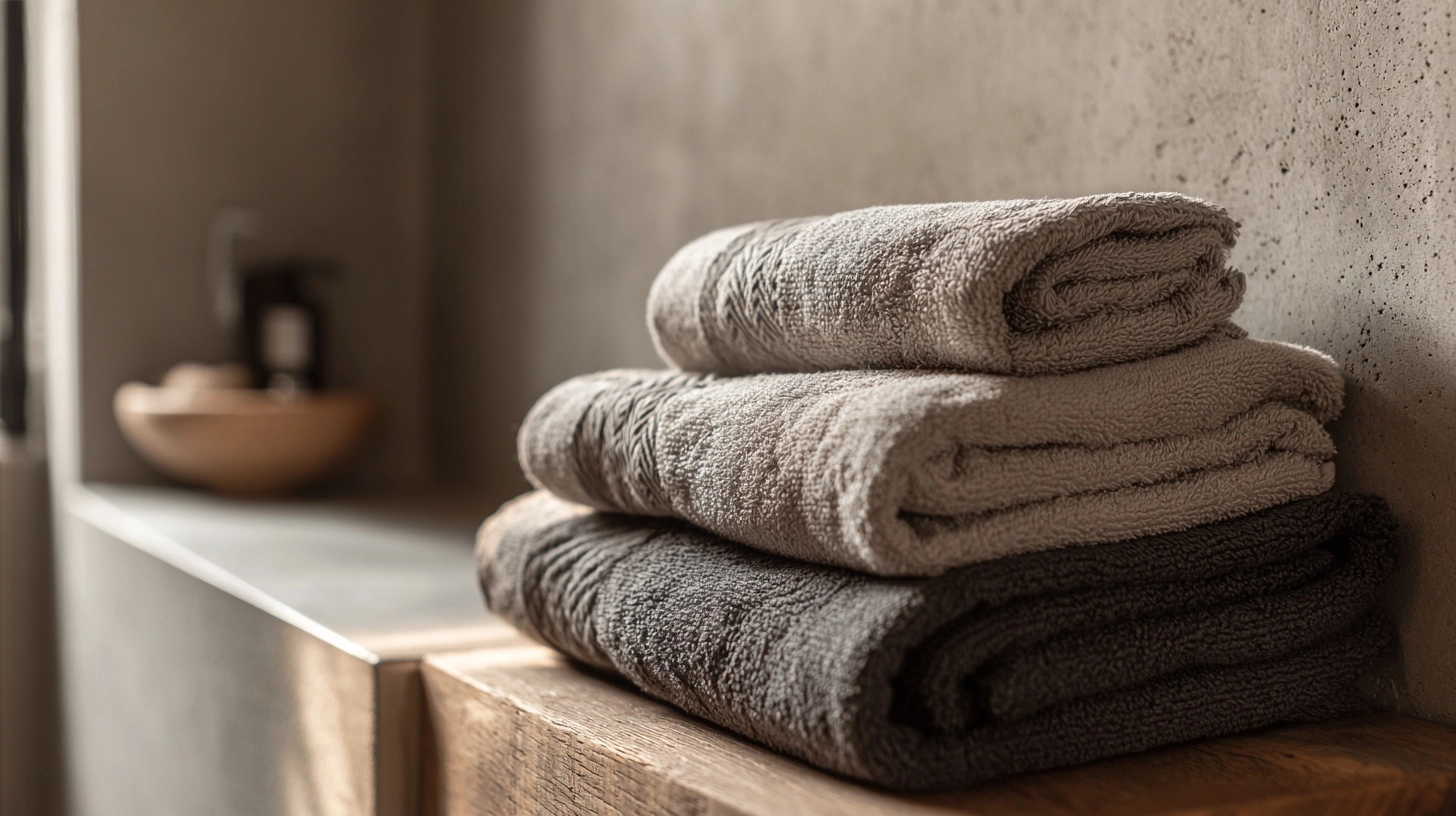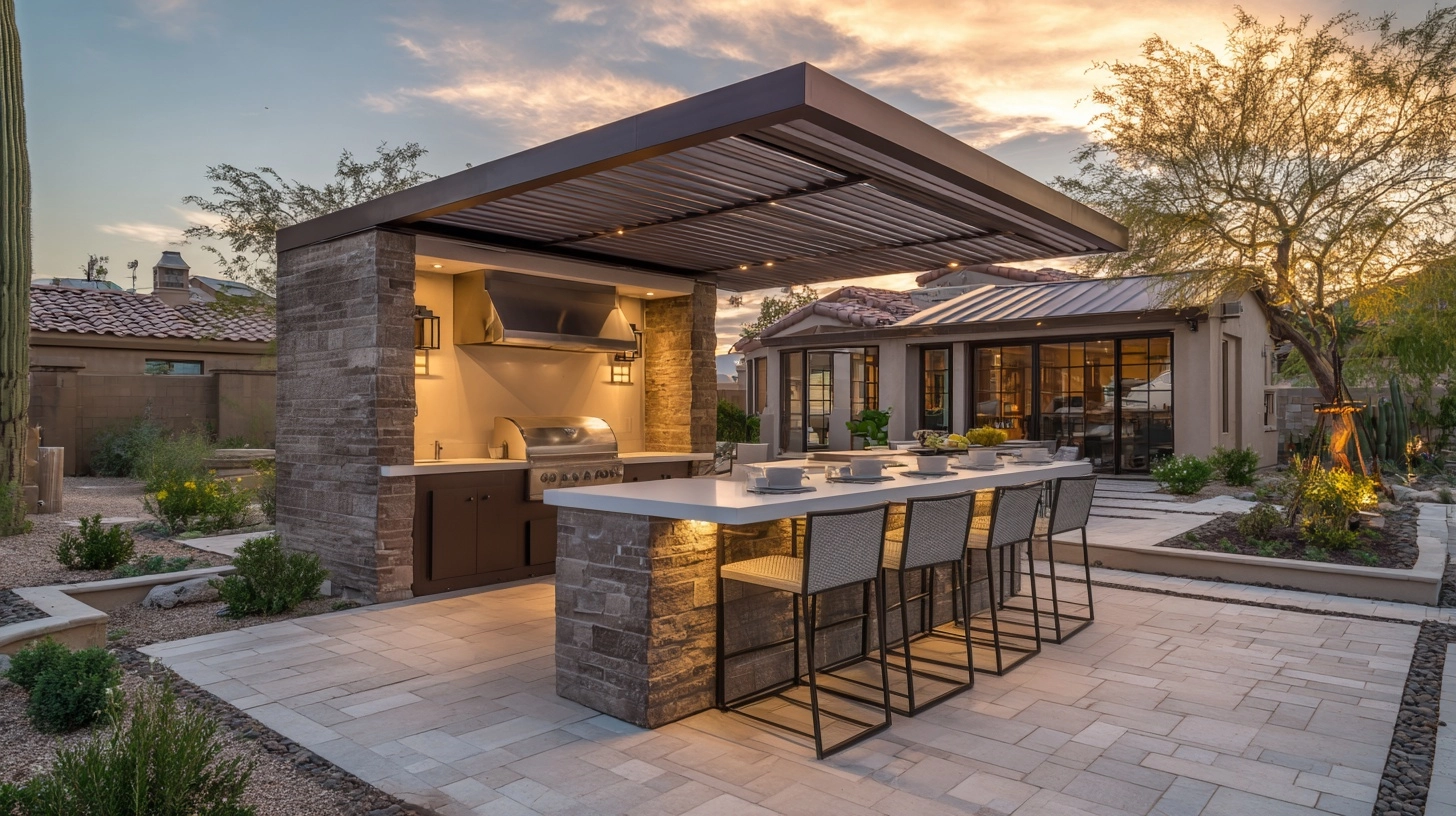
Wet Room Baths: Spa‑Calm Layouts That Actually Work

Outdoor Kitchens: Designs That Work in Phoenix Winters

The kitchen has evolved into the heart of the home, a gathering place for family, friends, and the rituals that make a house truly yours. But as we entertain more and embrace open-concept living, the “kitchen mess” often emerges front and center. Enter the hidden work kitchen, or scullery—a quietly luxurious solution to keeping prep, cleanup, and clutter out of sight. These thoughtfully designed back-of-house spaces are resurging in contemporary homes and upscale commercial venues, inspired by their centuries-old heritage and adapted for modern life. Let’s delve into the world of sculleries, uncovering their modern benefits, must-have features, and how they can seamlessly elevate style and function in your space.
Sculleries, once the domain of grand estates and dedicated staff, are experiencing a renaissance. Traditionally, these back-of-the-kitchen spaces were tucked away for preparing food, cleaning up, and washing dishes, allowing main kitchens to stay immaculate for entertaining. In today’s design landscape, the appeal of an “invisible” work kitchen is stronger than ever—especially as living spaces become more open and kitchens often serve as showpieces.
For busy families, avid entertainers, and professionals who value efficiency, sculleries solve a universal pain point: how to keep everyday mess away from public view without sacrificing accessibility or workflow. By housing major appliances, additional sinks, dishwashers, and ample storage within a concealed zone, the scullery supports seamless transition between hosting and daily routines. This division not only declutters the kitchen but also preserves the aesthetic integrity of the living area. For commercial spaces, the separation of front-of-house presentation from behind-the-scenes prep is key to operational excellence and elevated customer perception.
A well-planned scullery isn’t just a trend—it’s a strategic investment. With thoughtful custom design, it adds real value by promoting better organization and a calm, uninterrupted gathering space, whether at home or in a business setting.
A successful scullery bridges practicality and style, requiring detailed planning to ensure it serves its purpose while complementing the main kitchen’s aesthetic. Begin by considering your workflow: How do you cook, clean, and entertain? What appliances and tools do you want readily available but out of sight? Approach your scullery as a high-performance workspace—every detail should enhance efficiency and minimize unnecessary movement.
Key design considerations include location and accessibility. Ideally, the scullery connects directly to the primary kitchen—sometimes hidden behind a sliding door, a sleek panel, or even a cleverly camouflaged passage. Sufficient counter space is essential for meal prep, baking, plating, or unloading groceries. Include deep sinks and double dishwashers to handle everything from delicate glassware to oversized pots. Well-placed outlets keep appliances like stand mixers and blenders at the ready, while concealed pull-out bins and recycling centers streamline waste management.
Storage is another critical aspect. Floor-to-ceiling cabinetry, open shelving for frequently used items, and integrated pantries provide generous space for ingredients, serving pieces, and small appliances. Glass-fronted cabinets or custom lighting can add sophistication while maintaining function. For clients interested in a touch of luxury, consider climate-controlled wine storage, chilled drawers, or even a hidden coffee station.
At every step, the aim is to allow kitchen operations to proceed “behind the scenes”—without sacrificing design harmony. Consistent finishes, hardware, and thoughtful detailing ensure the scullery feels like an extension of the main kitchen, not an afterthought.
Blending a work kitchen seamlessly into your home’s style is a cornerstone of luxury design. The choice of finishes and fixtures in the scullery needn’t match the main kitchen identically, but a carefully coordinated palette lends cohesion and flow. Many clients embrace subtle contrasts—think matte cabinetry paired with marble counters in the main kitchen, and a more utilitarian stone in the scullery, or elegant open shelving set against tiled backsplashes for easy cleanup.
Lighting deserves particular attention, both for practicality and ambiance. Layer task lighting under cabinets with pendants or wall-mounted fixtures for visual warmth. Pocket or sliding doors provide physical separation, but the choice of material—opaque glass, paneled wood, or even custom metal—can become a mid-century or urban-inspired focal point in its own right, especially in open plan settings. For city dwellers and those inspired by urban design (think Chicago’s blend of historic character and modern edge), industrial touches such as exposed shelving, metal accents, and polished concrete floors imbue the scullery with an understated sophistication.
On a practical note, sculleries allow you to showcase statement pieces—a professional-grade range, hand-thrown pottery, or collectibles—front and center, free from the distraction of clutter. This elevates the experience of your kitchen, encouraging effortless hosting and more enjoyable everyday living.
The rebirth of sculleries isn’t limited to residential projects; commercial venues are increasingly leveraging hidden work kitchens to boost efficiency and guest satisfaction. In boutique hotels and restaurants, separate prep spaces ensure presentation kitchens remain spotless while chefs handle high-volume tasks out of sight. This model translates seamlessly to luxury homes, where family gatherings, dinner parties, and holiday events generate piles of plates and platters that disappear with ease behind discreet doors.
A recent urban townhouse project in Chicago showcased how a compact scullery transformed an open kitchen, keeping party prep and cleanup invisible while guests mingled. In a Scottsdale remodel, the scullery became a “command center” for a busy family—storing everything from lunch fixings to pet food and creating a streamlined zone for packing school lunches each morning. Businesses, especially those focusing on client interactions, appreciate the neat division of service areas from customer-facing zones. Consulting clients have shared how adopting a back-of-house scullery reduces stress, elevates the perception of cleanliness, and reinforces brand values of order and refinement.
These real-world successes underline the adaptability of sculleries: whether in a sprawling suburban residence, an urban loft, or a commercial office, the hidden work kitchen brings tangible returns in convenience, ambiance, and property value.
If you’re considering a scullery for your next kitchen remodel or new build, thoughtful planning is key. Start by analyzing how your current kitchen functions—where are the pain points, and how could a separate work zone alleviate them? Enlist a design professional early; their experience ensures your scullery isn’t just stylish, but truly custom to your space, habits, and tastes.
Prioritize the essentials first: robust cabinetry, durable counters, reliable plumbing, and ample outlets. Choose finishes that balance utility with warmth—think easy-to-clean surfaces, protective backsplashes, and soft-closing hardware. Don’t overlook ventilation and lighting; both are crucial for creating a workspace you’ll actually want to use. For homes that prioritize entertaining, consider integrating a second dishwasher or freezer, dedicated beverage storage, or even a built-in coffee system.
Finally, remember that a hidden work kitchen is not just about hiding mess—it’s about creating an environment where you can move seamlessly from prep to presentation and from cleanup to relaxation. It’s about providing peace of mind and empowering you to make your kitchen, and your life, work beautifully. Whether it’s a private oasis in your family home or a strategic advantage for your business, a scullery is the ultimate expression of streamlined, thoughtful design.
Disclaimer: The content provided in this article is for informational purposes only and is not intended as financial, tax, or investment advice. JL Coates is not a financial advisor, tax consultant, or investment specialist. We recommend consulting with a professional financial advisor, tax specialist, or investment advisor to discuss your specific circumstances before making any financial, tax, or investment decisions based on this information. JL Coates assumes no responsibility for any actions taken based on the information provided in this article.



